The Spirit Trail stands as one of Clark Lake’s most-loved amenities. How it came to be is a story worth knowing. It illustrates how this community grows things from ground up, without much outside help. Most importantly, it tells the story of people who selflessly dedicate their imagination, time, effort and money to making things happen.
Dick and Ruth Ann Cochran are two people who took center stage in the development of the Spirit Trail. Before you read about their pivotal role, you should know something about them. Dick recently lost Ruth Ann, his wife of 65 years. Their last name is known to many because of the company that bears it—Cochran Electric. Some families go back six or seven generations at Clark Lake. Dick and Ruth Ann’s history does not. Thirty years ago, they bought a lot from Jim and Ann Swain, and built the log cabin style home that you see today on Hyde Road.
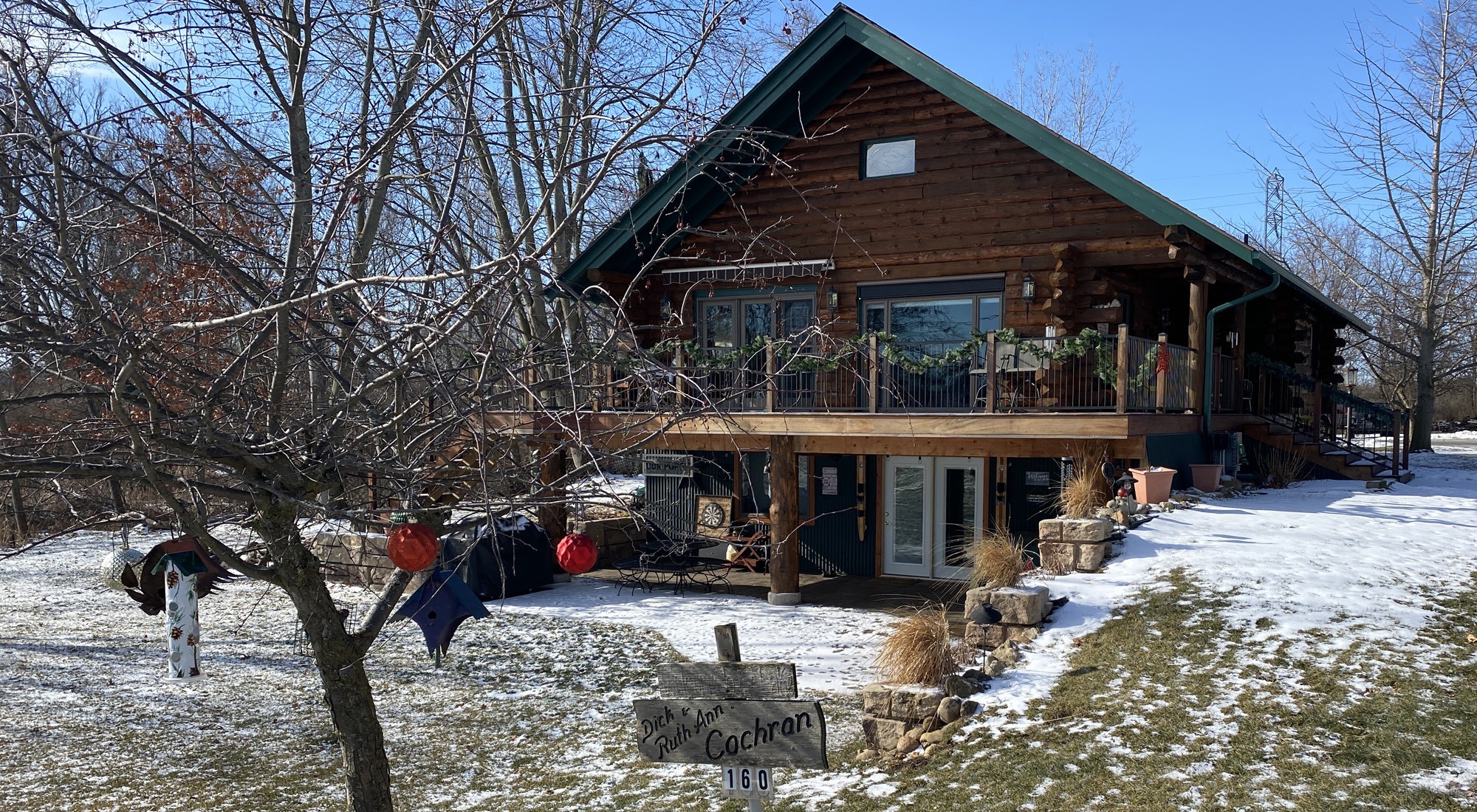
Once settled in their new home, it didn’t take long for Dick and Ruth Ann to be swept up in all things Clark Lake. One of those things was only a dream in 1996—the Clark Lake Spirit Trail. Tom Collins inspired the idea:
“If common cause is needed as a focal point around which to rally, let us build a PATH. As the book publication was our tie to the past, let the creation of a safe, off-road, hard surfaced, multi-purpose trail for walking, running, biking, skating, etc., be the vision of the future.”
And, so it was that Dick Cochran attended an open house at the Beach Bar hosted by its owner, Tom Collins. At the event were information tables, each one focusing on lake activities. George Svinicki hosted the Spirit Trail Committee, as its first chairperson. Hearing George’s pitch, Dick Cochran bought in. It was there that he caught the Clark Lake Spirit, or in his own words “it lit my fire.” Dick soon became the new organization’s vice-chair and became deeply involved.
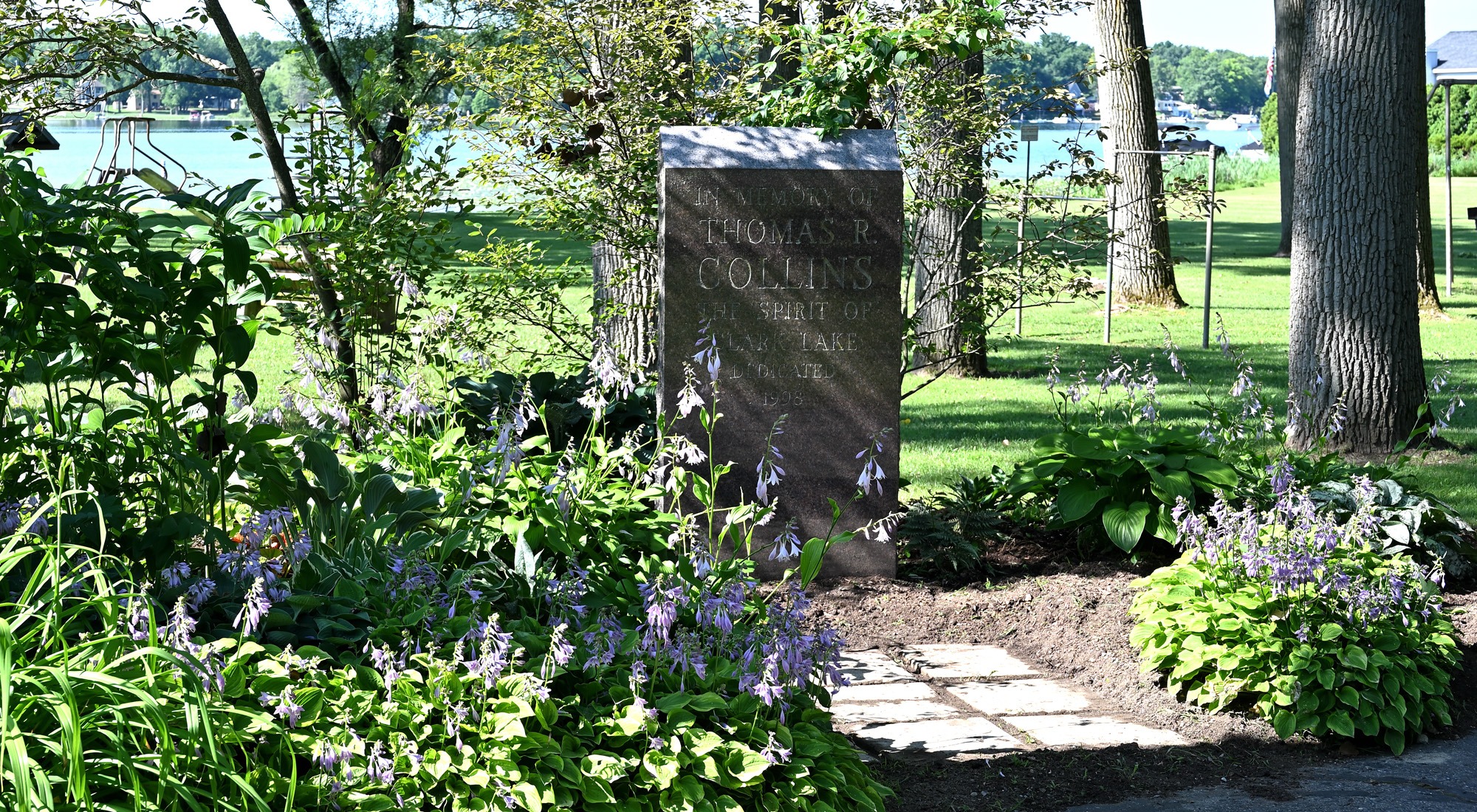 The Tom Collins monument in the County Park was acquired through Ruth Cochran from her brother, Richard Lemons, who was in the monument business.
The Tom Collins monument in the County Park was acquired through Ruth Cochran from her brother, Richard Lemons, who was in the monument business.
 Dick took on the task of convincing property owners to let the Trail pass by, or through, their land. George had the foresight to invest in some large property maps. Given their 8-foot by 4-foot size, these extraordinary maps fascinated property owners who hadn’t seen their own parcel, or those around it, in this way. Dick said, “I knocked on doors and told people why I was there, and asked them would they like to see their property on this map.” Quite often he would be welcomed into their homes. The process demanded of Dick a strong sense of confidence that the Spirit Trail was right for Clark Lake. Calling on neighbors required many hours to persuade property owners of the Trail’s potential value to the community. Some “yeses” took repeated efforts, and some consents were never given.
Dick took on the task of convincing property owners to let the Trail pass by, or through, their land. George had the foresight to invest in some large property maps. Given their 8-foot by 4-foot size, these extraordinary maps fascinated property owners who hadn’t seen their own parcel, or those around it, in this way. Dick said, “I knocked on doors and told people why I was there, and asked them would they like to see their property on this map.” Quite often he would be welcomed into their homes. The process demanded of Dick a strong sense of confidence that the Spirit Trail was right for Clark Lake. Calling on neighbors required many hours to persuade property owners of the Trail’s potential value to the community. Some “yeses” took repeated efforts, and some consents were never given.
Fast forward ten years. George became ill and was no longer able to chair the group. Sadly, he did not recover, and passed away. Dick became chairperson, and Ann Swain, who had been secretary, stepped into the treasurer’s role.
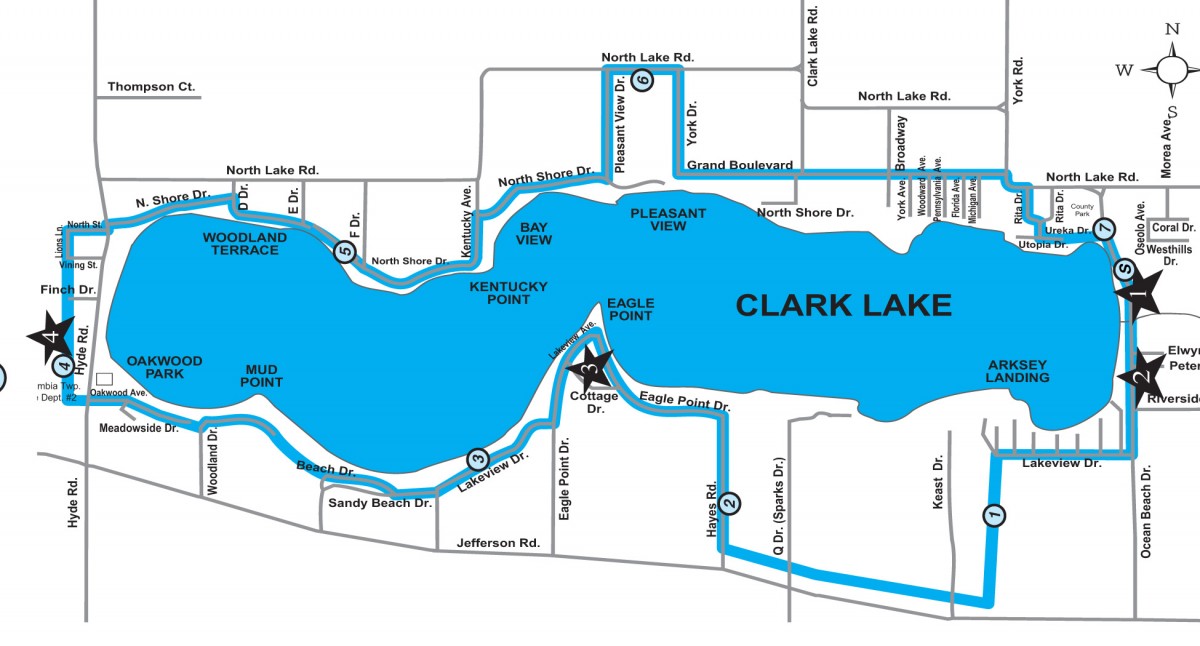
The now two-person Trail committee looked to route the path around the lake. They faced challenges. One major obstacle was securing easements along Jefferson Road for use of the path. When approached, the Jackson County Road Commission seemed unwilling to permit it. Dick and Ann, who comprised the Committee at the time, persuaded the Commission to relent. The pair committed to build, pay for, and maintain this paved portion. The Commission believed them–and said “yes.”
Dick’s efforts resulted in the paved sections that you see today—through the County Park and Magic Forest, along Jefferson Road, and on the former Cincinnati-Northern railroad bed parallel to Hyde Road. In telling his story, Dick emphasized the contribution of others—people like Tom Collins, George Svinicki, Ann Swain, Bill Bendele, Odgen Adkins, Mike McKay, and Tom Petitto.
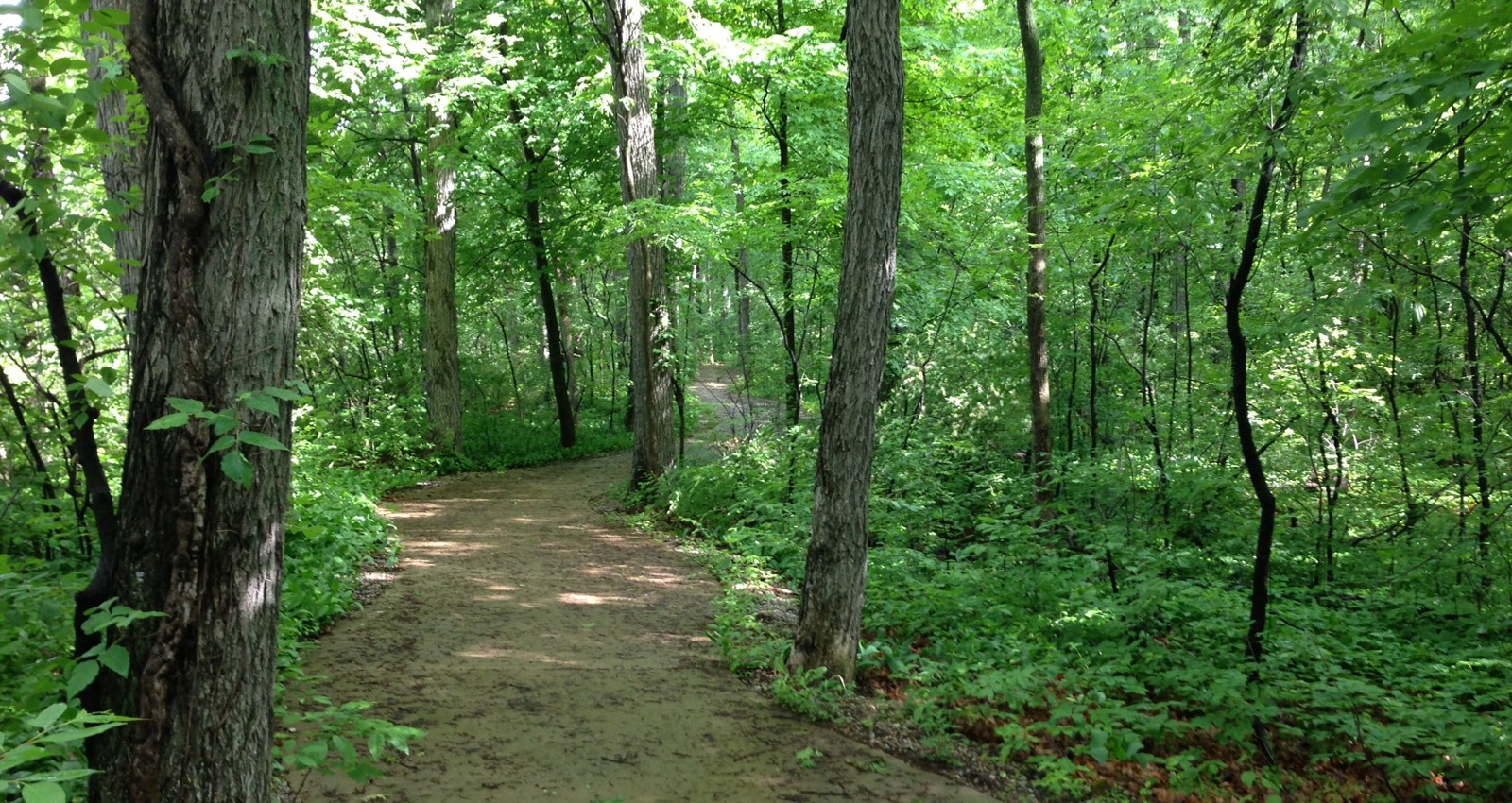 Magic Forest
Magic Forest
Not long before the Spirit Trail construction, Clark Lake had undertaken another huge project. Standing on Kentucky Point for 100 years, the Graziani cottage had become a Clark Lake icon. When it looked like this historic structure would be bulldozed, Clark Lake rose up to save it. A group formed to move it to the County Park. Because of trees and other obstructions, the only way to get it there was over the water. Against the odds, Mike McKay pulled off this ingenious engineering feat. Dick Cochran also had a role to play on moving day.
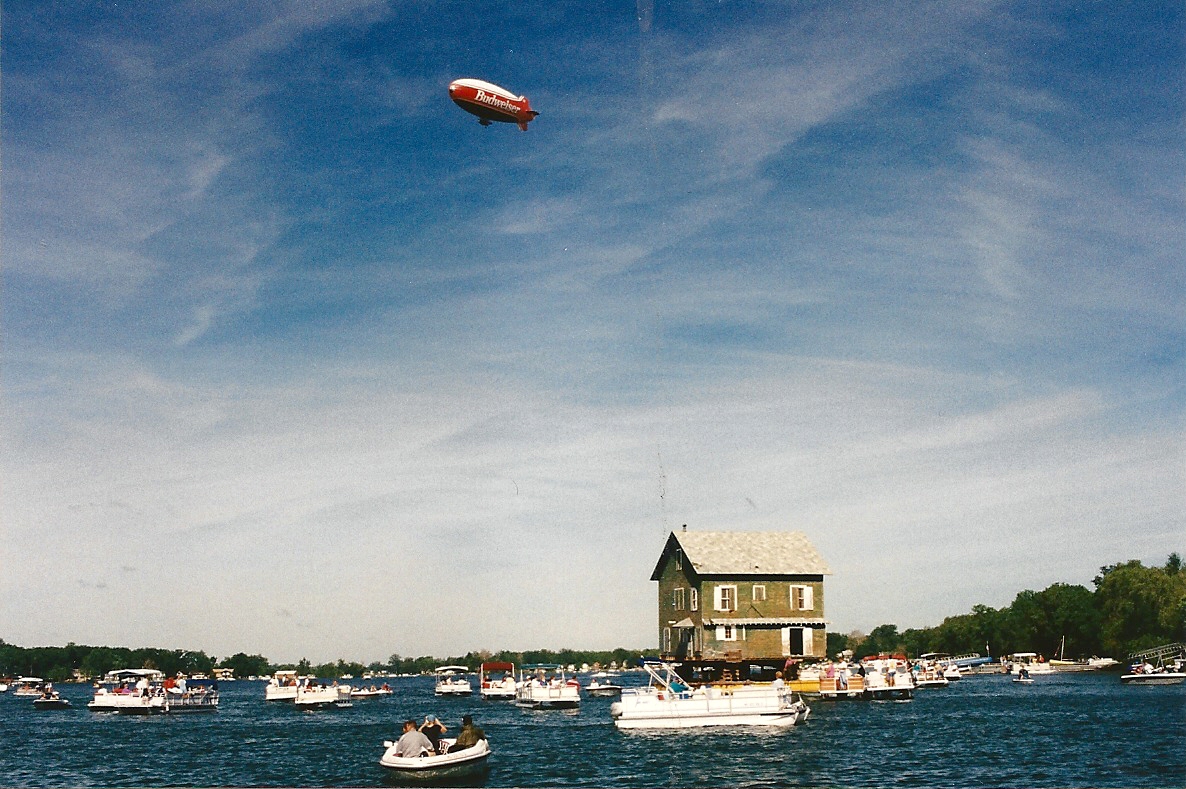
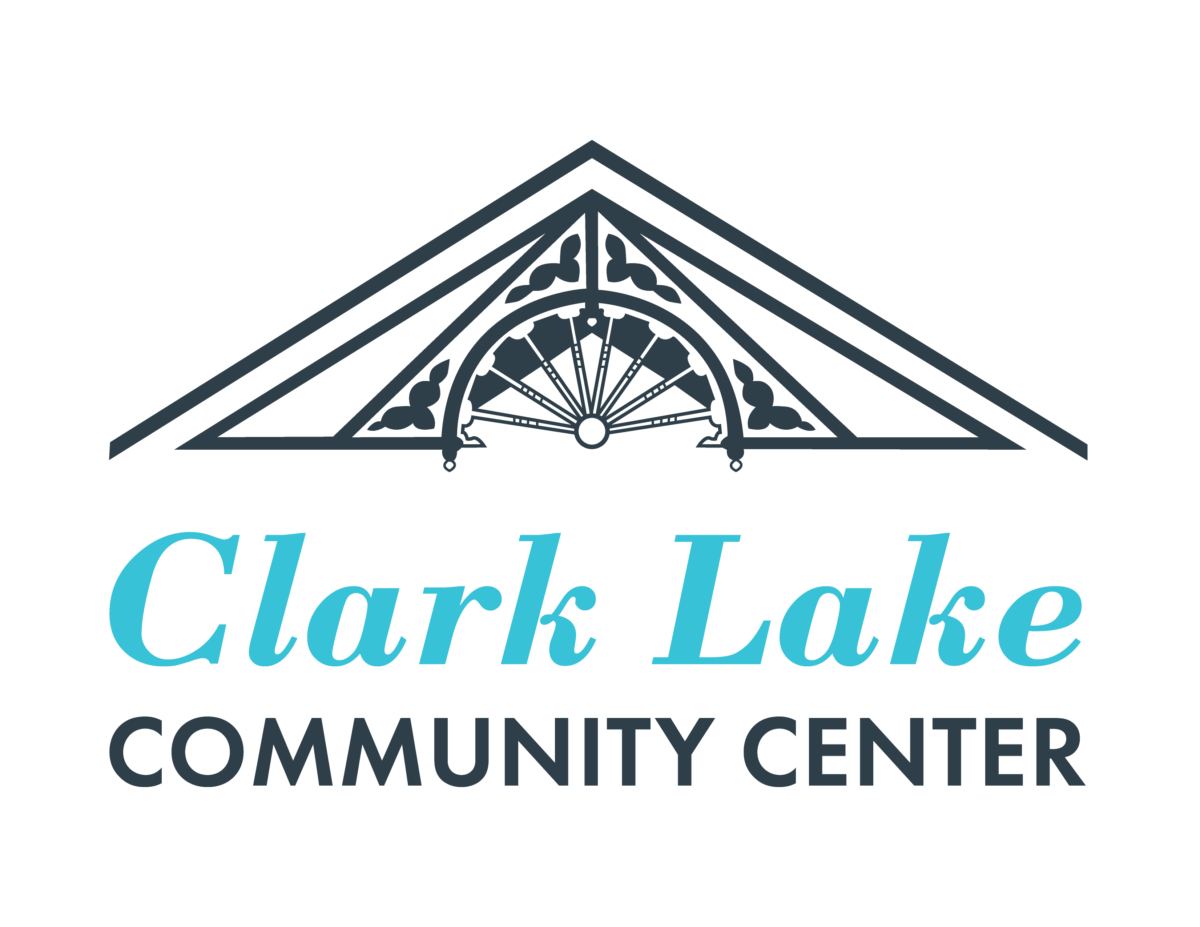 Now off its Kentucky Point foundation, the house was cradled on a barge. Matt Fish, in his boat, towed the barge toward Ocean Beach. As “brake man,” Dick’s role was to guide the barge from behind in his inboard. About 50-feet from the Ocean Beach shore, it appeared the barge had enough momentum to float in on its own. Matt dropped the towline and got his boat out of the way. Then, disaster. The three-story profile of the house acted like an enormous sail. A gust of wind grabbed it and pushed it south. Now out of control, it looked like it would crash into docks and boats before beaching itself. At this point, having a “brake man” became more than an empty title. With his boat still attached, Dick halted the barge’s trajectory and maneuvered the heavy load to its intended landing point.
Now off its Kentucky Point foundation, the house was cradled on a barge. Matt Fish, in his boat, towed the barge toward Ocean Beach. As “brake man,” Dick’s role was to guide the barge from behind in his inboard. About 50-feet from the Ocean Beach shore, it appeared the barge had enough momentum to float in on its own. Matt dropped the towline and got his boat out of the way. Then, disaster. The three-story profile of the house acted like an enormous sail. A gust of wind grabbed it and pushed it south. Now out of control, it looked like it would crash into docks and boats before beaching itself. At this point, having a “brake man” became more than an empty title. With his boat still attached, Dick halted the barge’s trajectory and maneuvered the heavy load to its intended landing point.
Here’s a video of moving day on Clark Lake.
Throughout their 65-year marriage, Dick supported Ruth Ann, and Ruth Ann supported Dick. Ruth Ann grew up in Hudson on a dairy farm. Upon graduating from high school, she moved to Jackson and attended Jackson Business School, and lived at the YWCA. Ruth Ann and Dick met on a blind date. Once in their early twenties, they married. Living in Jackson, Ruth Ann taught ceramics from their home. Meanwhile, Dick helped build the family business, Cochran Electric.
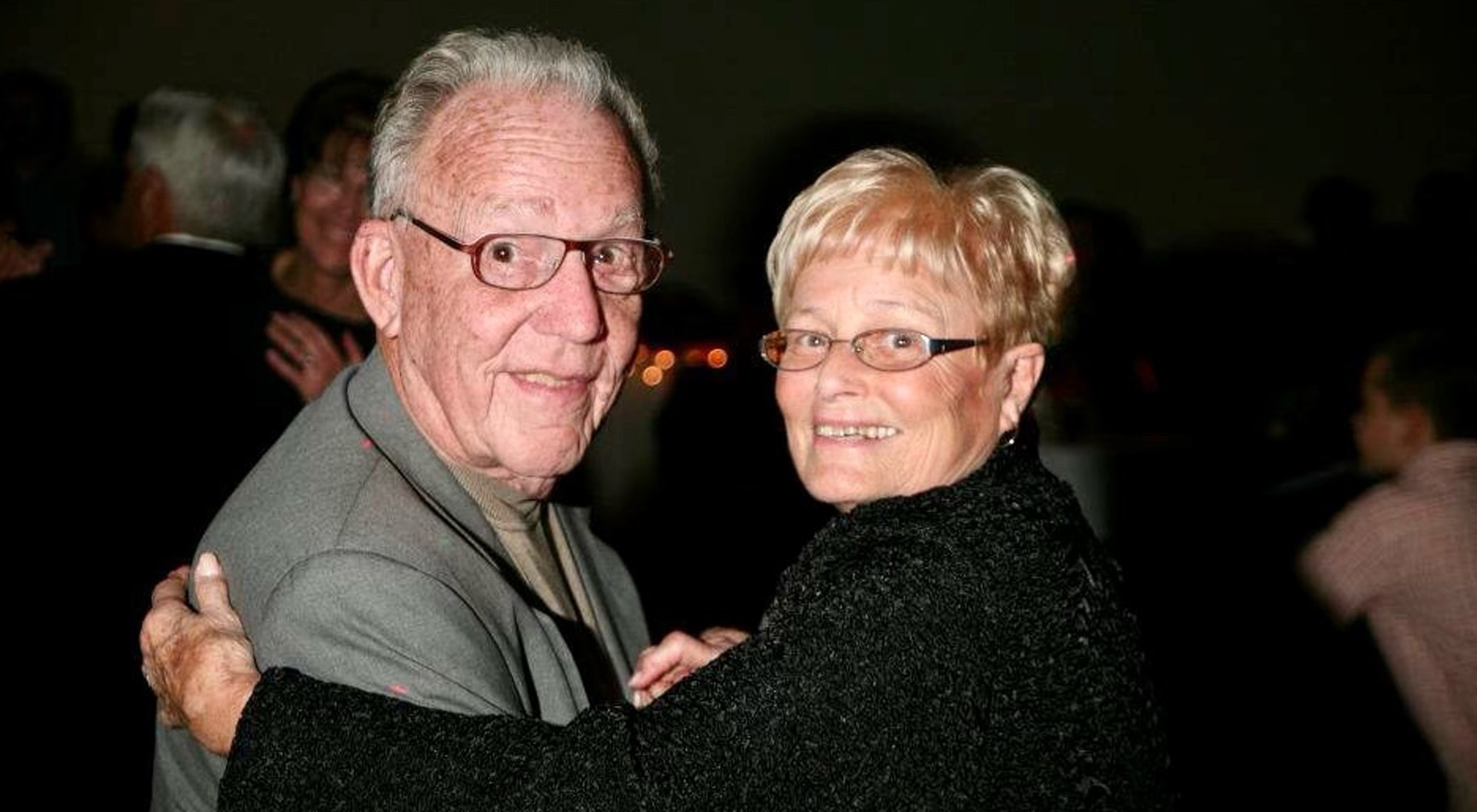
Dick and Ruth Ann
When the Cochran’s moved to Clark Lake, their life took a different turn. Ruth Ann loved being in the water, but never learned to swim. As she enjoyed Clark Lake’s waters, she could be seen wearing a life belt. And. like her husband, she water skied. Inside, Ruth Ann was known for her artistry—that included creating beautiful quilts, and painting in oil and water colors. Outside, she became an early member of the Garden Angels. Her own gardens around their house became a showplace. That kept it on the garden tour for three years. Family was most important. Ruth Ann leaves behind three children–Ronnie, Robin, and Robert, also ten grandchildren, and, oh yes, a multitude of great grandchildren.
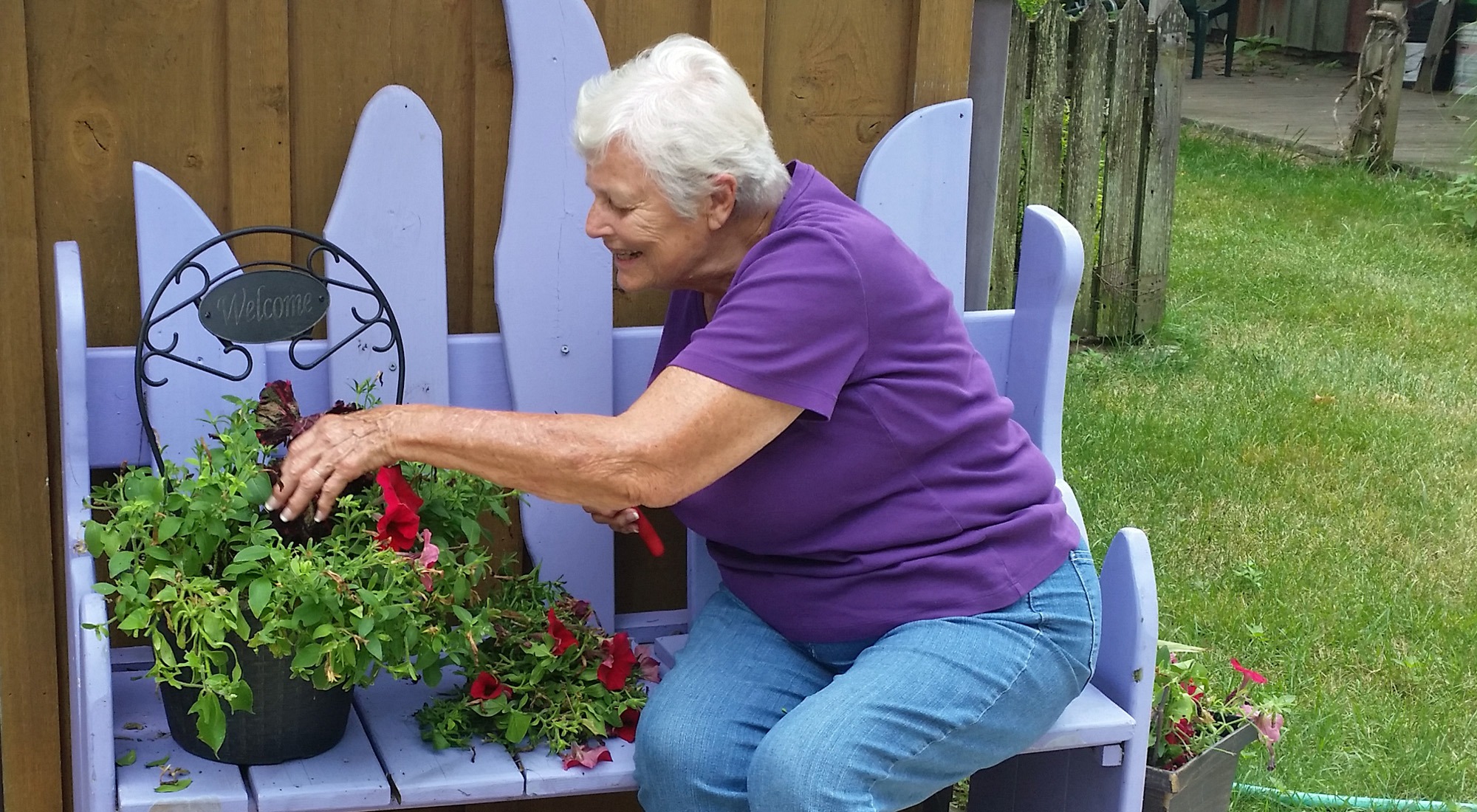
Dick and Ruth Ann Cochran will long be remembered for their time here, and contribution to the community they embraced. Both brought good things to pass, and earned the title of true Clark Lakers.
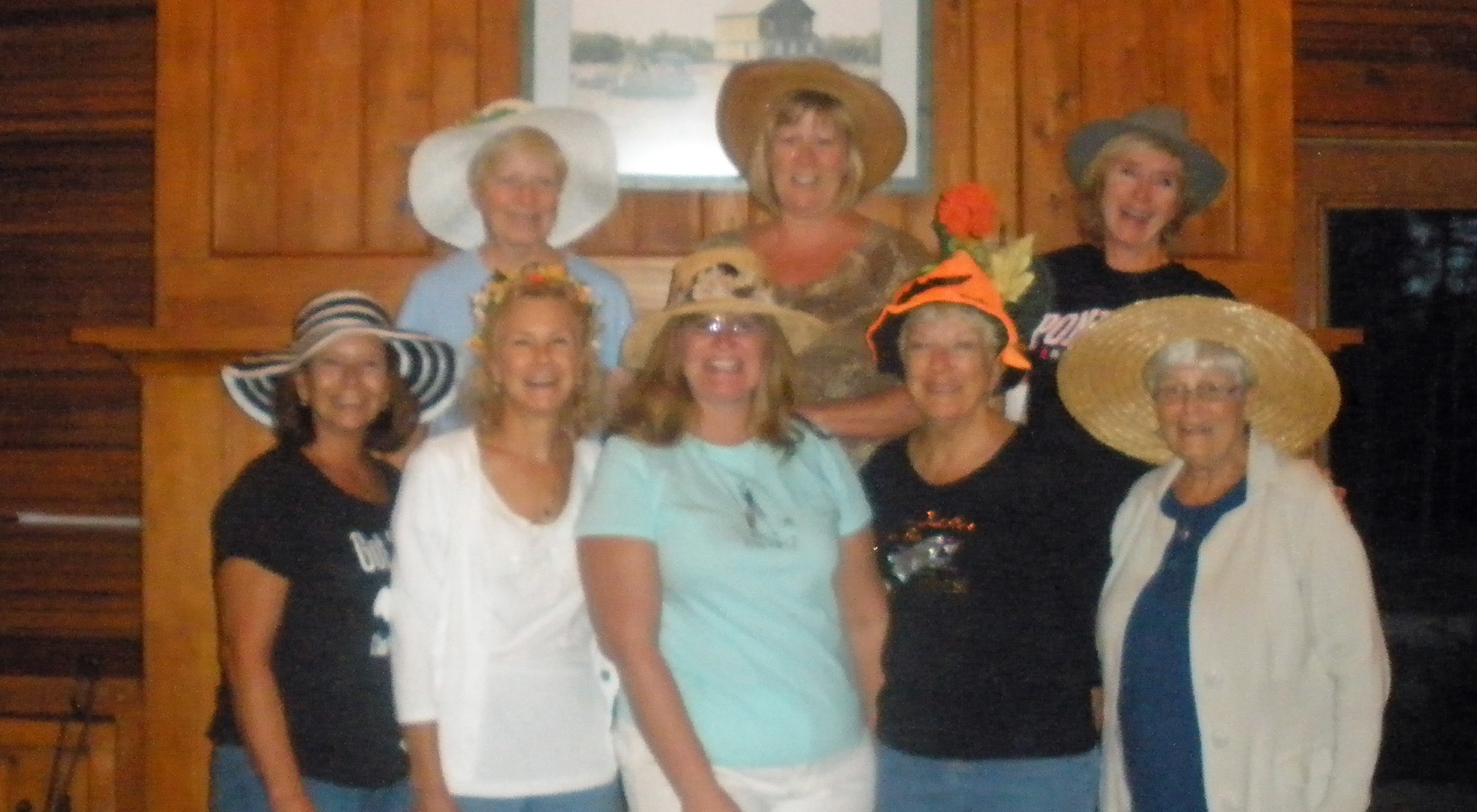 Top: Betsy Frazen, Marsha Fischmeister, Deb Mitchel
Top: Betsy Frazen, Marsha Fischmeister, Deb Mitchel
Bottom: Karen Bullinger, Shelly Wilbur, Sheila Natter, Ann Swain, Ruth Cochran
If thinking of a donation in memory of Ruth Ann, the family requests considering the Clark Lake Spirit Trail. Donations can made through the Clark Lake Spirit Foundation, a 501c3—on this website via credit card, or by check mailed to PO Box 224, Clark Lake, MI 49234.











